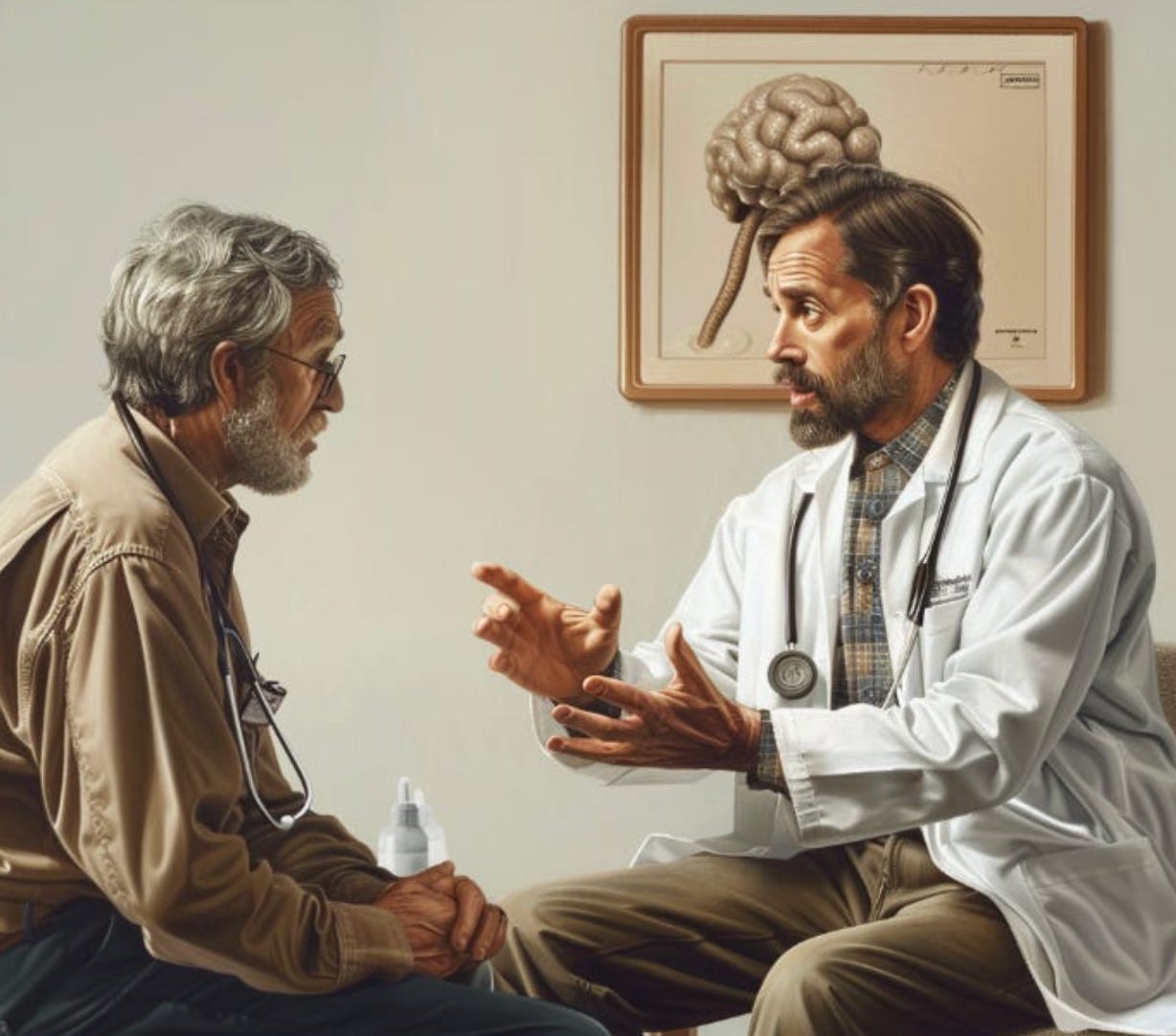What are the First Signs of Prostate Problems?
Prostate cancer ranks among the prevalent forms of cancer in men, predominantly affecting older males and exerting a substantial influence on global men's health. It's often remarked that 80% of men will have it by the age of 80.
What is Prostate Cancer?
Prostate cancer originates within the prostate gland, an integral component of the male reproductive system. Situated below the bladder and anterior to the rectum, the prostate gland's principal role is the production of seminal fluid, vital for nourishing and facilitating sperm transport. The onset of cancer occurs when cells within the prostate undergo mutations, leading to uncontrolled growth. These malignant cells have the potential to metastasize, spreading beyond the prostate to other areas of the body, notably the bones and lymph nodes.
Causes and Risk Factors
The exact cause of prostate cancer remains unknown, but several risk factors have been identified. Age stands out as the primary risk factor, with the majority of cases occurring in men over the age of 65. Other risk factors include family history, genetic predisposition, race (with African American men having a higher risk), lifestyle factors, and diet.
Symptoms
In its early stages, prostate cancer may not cause any symptoms. However, as the cancer grows, it can cause signs and symptoms such as:
- Difficulty urinating, including a weak or interrupted flow of urine
- Frequent urination, especially at night
- Blood in the urine or semen
- Erectile dysfunction
- Pain in the hips, back, chest, or other areas if the cancer has spread
Diagnosis
Detecting prostate cancer early can greatly enhance the likelihood of successful treatment. Screening techniques encompass the Prostate-Specific Antigen (PSA) blood test and Digital Rectal Exam (DRE). Should these tests suggest a potential issue, additional assessments such as imaging tests and a biopsy might be advised to confirm the diagnosis.
Treatment Options
The choice of treatment for prostate cancer hinges on various factors, including the cancer's stage, the patient's age, overall health, and personal preferences. Treatment options may encompass:
- Watchful waiting or active surveillance for slow-growing cancers
- Surgery to remove the prostate gland (prostatectomy)
- Radiation therapy, including external beam radiation and brachytherapy
- Hormone therapy to reduce testosterone levels and slow cancer growth
- Chemotherapy for advanced cancer
- Targeted therapy and immunotherapy in certain cases
The Importance of Early Detection
Early detection of prostate cancer through regular screening can significantly improve outcomes for men. Those at higher risk, including men over 50, African American men, and men with a family history of prostate cancer, should discuss screening options with their healthcare provider.
Prostate cancer is a serious disease that can have a significant impact on men's health. However, with early detection and appropriate treatment, many men can continue to live healthy and active lives after a diagnosis. Understanding the risk factors, symptoms, and treatment options is crucial for managing this condition. Regular screenings and open discussions with healthcare providers can help in the early detection and successful treatment of prostate cancer.




